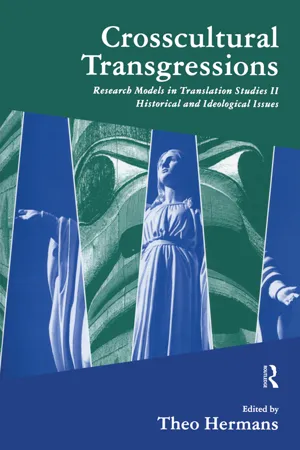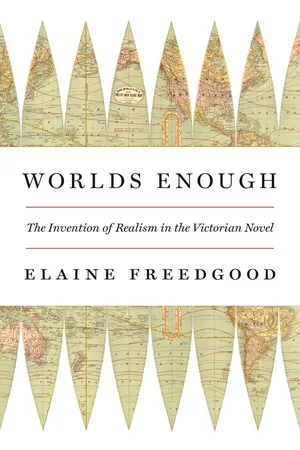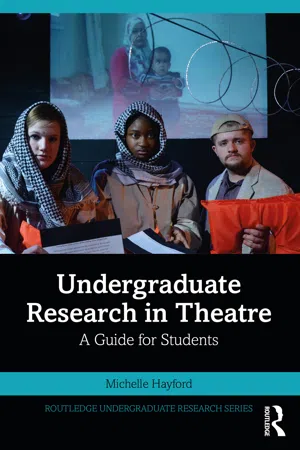Paratext
Paratext refers to the elements surrounding a literary work, such as the title, preface, footnotes, and cover design. These components provide context and influence the reader's interpretation of the text. Paratext can shape expectations, guide understanding, and contribute to the overall experience of the literary work.
4 Key excerpts on "Paratext"
- eBook - ePub
Crosscultural Transgressions
Research Models in Translation: v. 2: Historical and Ideological Issues
- Theo Hermans(Author)
- 2014(Publication Date)
- Routledge(Publisher)
...What Texts Don’t Tell The Uses of Paratexts in Translation Research ŞEHNAZ TAHIR-GÜRÇAĞLAR Abstract: The paper deals with the relevance of Paratextual elements for historical translation research. Exploring the concept of the Paratext as it pertains to translation, it argues that considering translation as a Paratext restricts the view of current translation studies and impoverishes its conceptual framework. However, a critical description of Paratextual elements surrounding translations can be instrumental in bringing to light the divergent concepts and definitions of translation in a specific period within a culture. The paper maintains that Paratexts can offer valuable insight into the production and reception of translated texts by drawing attention to concepts such as authorship, originality and anonymity, which are only covert in translations themselves. The basic objective of many research projects in translation history is to explore the socio-cultural contexts in which translated texts are produced and received. Contextualization requires a methodology that can take both translated texts and the meta-discourse on translation into account. The present paper deals with the relevance of textual material that does not form part of the actual translated text itself. Researchers involved in a historical project study different types of material. Such material may consist of actual translations, or of such external data as reviews, letters, advertisements, interviews, diaries and public addresses, to name but a few. In between these, there is a third type of material, largely liminal in nature, which often goes unmentioned. This is the terrain of ‘Paratexts’: prefaces, postfaces, titles, dedications, illustrations and a number of other in-between phenomena that mediate between the text and the reader and serve to ‘present’ the work (Genette 1997:1)...
- eBook - ePub
Message and Medium
English Language Practices Across Old and New Media
- Caroline Tagg, Mel Evans, Caroline Tagg, Mel Evans(Authors)
- 2020(Publication Date)
- De Gruyter Mouton(Publisher)
...12 Paratextual presentation of Christopher St German’s Doctor and Student 1528–1886 Mari-Liisa Varila University of Turku, Department of English, FI-20014, University of Turku, Turku, Finland Sirkku Ruokkeinen University of Turku, Department of English, FI-20014, University of Turku, Turku, Finland Aino Liira University of Turku, Department of English, FI-20014, University of Turku, Turku, Finland Matti Peikola University of Turku, Department of English, FI-20014, University of Turku, Turku, Finland 12.1 Presenting text through Paratext The concept of Paratext (Genette 1997) refers to the elements that present, explain, and promote the book or text. Paratextual elements can be divided into two categories based on their location: peritextual elements are found within the book itself (e.g. prefaces, tables of contents); epitextual material is related to the book but outside it (e.g. reviews, advertisements). The verbal and visual forms of Paratext are re-shaped historically vis-à-vis the changing cultural, medial and technological processes by which texts are made available to readers in a given period or community (e.g. Genette 1997 : 3; Chartier 2014 : 135–149; Ruokkeinen & Liira 2017 [2019]). Hence, the functions of Paratext may be characterised in various ways depending on the period and medium. Building on Genette’s foundational conceptualisation of Paratext, Birke and Christ (2013) propose three major functions for how Paratextual items mediate the reader’s contact with the text: navigational (assisting the reader in “operating” the text in its material context), interpretive (guiding the reader’s interpretation of the text), and commercial (inviting the reader to purchase the text or some other product related to it). In Ciotti and Lin’s (2016 : vii) threefold model, the structuring and commenting functions roughly correspond to Birke and Christ’s navigational and interpretive functions...
- eBook - ePub
Worlds Enough
The Invention of Realism in the Victorian Novel
- Elaine Freedgood(Author)
- 2019(Publication Date)
- Princeton University Press(Publisher)
...CASE STUDY 3 Paratext THE Paratext IS typically considered extradiegetic, and as such it is often experienced as optional. We can say that we have read Middlemarch without reading every single epigraph; we can certainly ignore footnotes at will, especially if they were written by an actual editor (as opposed to the many fictional ones in Maria Edgeworth or Sir Walter Scott, which require our attention as an integral part of the text). Indeed, fictional Paratexts may be more powerful than scholarly ones; autographic notes are perhaps more significant for most literary readers than are allographic additions. This chapter will consider Paratexts—both epigraphs and footnotes—in Middlemarch, Catherine Parr Traill’s The Canadian Crusoes, Rudyard Kipling’s Kim, and José Rizal’s Noli Me Tangere as a way to examine bibliographic metalepsis: the infinite library that lurks in the margins of the text, and sometimes breaks through them because of the force of an allusion, the impact of information, or the oddness of bits of text attached but also detachable from the “main” text we read. In the texts considered in this case study, Eliot combines epigraphs written by herself and others—following the practice of both Wordsworth and Scott; Parr Traill includes authorial footnotes to explain Canadian flora and fauna to her British readers, and the Noli and Kim have been annotated more recently by scholarly editors, and include many translations into English of Tagalog, Hindi, and Urdu words. This heterogeneous grouping allows us to think about reading—the novels themselves, and the infinite library to which they gesture. Each head- and footnote asks us to consider the contours of diegetic space, and how far outside that space we must go to “read” properly, thoroughly, and knowledgeably...
- eBook - ePub
Undergraduate Research in Theatre
A Guide for Students
- Michelle Hayford(Author)
- 2021(Publication Date)
- Routledge(Publisher)
...Paratextual materials offer a deeper and more profound understanding of the generation of the content, an understanding not made by analyzing a performance alone. These resources augmented and improved the quality of research in my dissertation by providing greater access to the entirety of the creative process. The subsequent contribution to the paradigm of dramaturgy and classical ballet with my dissertation was made possible because of these para-textual materials. Questions for discussion How do I know when I have a good research question/topic? How do performance studies methods inform my research approach? What Paratextual artifacts are relevant to my research question/topic? References Barthes, R. (1972). The Diseases of Costume. In Critical Essays. Evanston, IL: Northwestern University Press. Boal, A. (1979). Theater of the Oppressed. London: Pluto Press. Boice, R. (1993). Writing Blocks and Tacit Knowledge. The Journal of Higher Education, 64 (1), 19–54. Butler, J. (1990). Gender Trouble: Feminism and the Subversion of Identity. New York: Routledge. Conquergood, D. (2013). Cultural Struggles: Performance, Ethnography, Praxis (E. P. Johnson, Ed.). Ann Arbor: University of Michigan Press. https://doi.org/10.3998/mpub.4845471 Elbow, P. (1973). Writing Without Teachers. New York: Oxford University Press. Goffman, E. (1959). Presentation of Self in Everyday Life. New York: Anchor Press. Kaufman, M., & McAdams, B. (2018). Moment Work. New York City: Vintage. Manzi, O. (Director). (2007). Strictly Bolshoi [Film]. Ballet Boyz Productions. Rohd, M. (1998). Theatre for Community Conflict and Dialogue: The Hope Is Vital Training Manual. Portsmouth, NH: Heinemann Press. The Royal Ballet. (2020). Christopher Wheeldon. Retrieved from www.roh.uk/people/christopher-wheeldon Royal Opera House [Royal Opera House]. (2014, April 28). Sarah Lamb, Christopher Wheeldon and Bob Crowley on Act 2 of the Winter’s Tale [Video]. Youtube...



